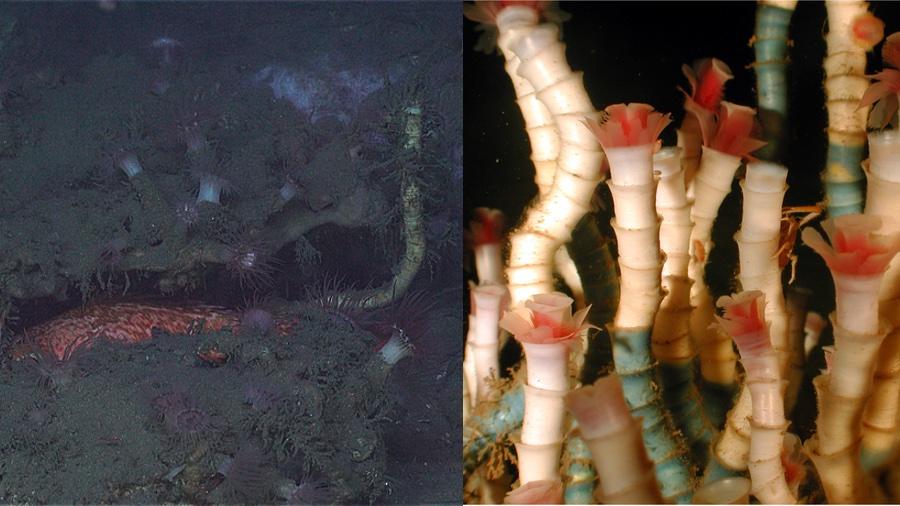Scientists investigating methane seeps on the ocean floor off North Carolina were in for a surprise—when a deep-sea tubeworm, never seen before in the region, popped out “like a jack in the box.”
The team from the Deep Search 2019 expedition with NOAA were exploring the cold seeps 36 miles off the North Carolina coast in the Atlantic when the unexpected discovery was made, according to an official statement on May 8.





